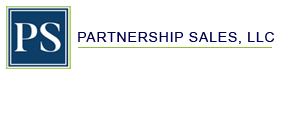There are two types of printing effects. Smooth, flat printing (Lithography) and bumpy, raised printing (Engraving &Thermography).
Lithography is based on the principle that oil and water don’t mix. The image to be lithographed, usually from camera-ready black on white, is created on a plate with a greasy material that repels water. When water is run over the plate, the non-image areas absorb it. Then, when the oily ink hits the plate, it’s attracted to the similarly greasy image, and repelled by the rest of the wet plate. As paper is pressed onto the plate, it picks up the ink.
Engraving and Thermography are both techniques of raised letter printing. Engraving involves the cutting or copying of a design into a metal plate called a die or engraving plate. The die is inked and wiped clean, leaving ink in the impressions. The paper is laid on the die and the press forces the paper into the cavities of the die to achieve the raised lettering effect and tell-tale indentation on the back of the product. Thermography begins with a flat imprint of a specially-formulated ink. A specially designed powder is then sprinkled over the wet ink and both are bonded to the paper by heat to produce the raised look. Thermography simulates the appearance of the more-expensive engraving process but without the fineness of detail.
Foil Stamping is similar to engraving in that the process also uses a die, made from camera-ready black on white artwork, to produce the desired effect. By applying pressure and temperature, the die releases the impressed foil from its ribbon and adheres it to the product. Depending on how the die(s) is made, the resulting stamp could be embossed (raised) or debossed (depressed). Blind debossing is a term used for a stamp that is depressed without any foil.
For certificates and diplomas that have similar background with only a recipient name or other textual changes, templates of the backgrounds are made before the personalization of individual certificates are printed. This process of printing the individual specifications onto the pre-printed template certificate is referred to as Personalizing or engrossing. It can be done in any of the formats listed above, however, because of the cost of engraving dies or lithography plates, it more economical to use typesetting.
